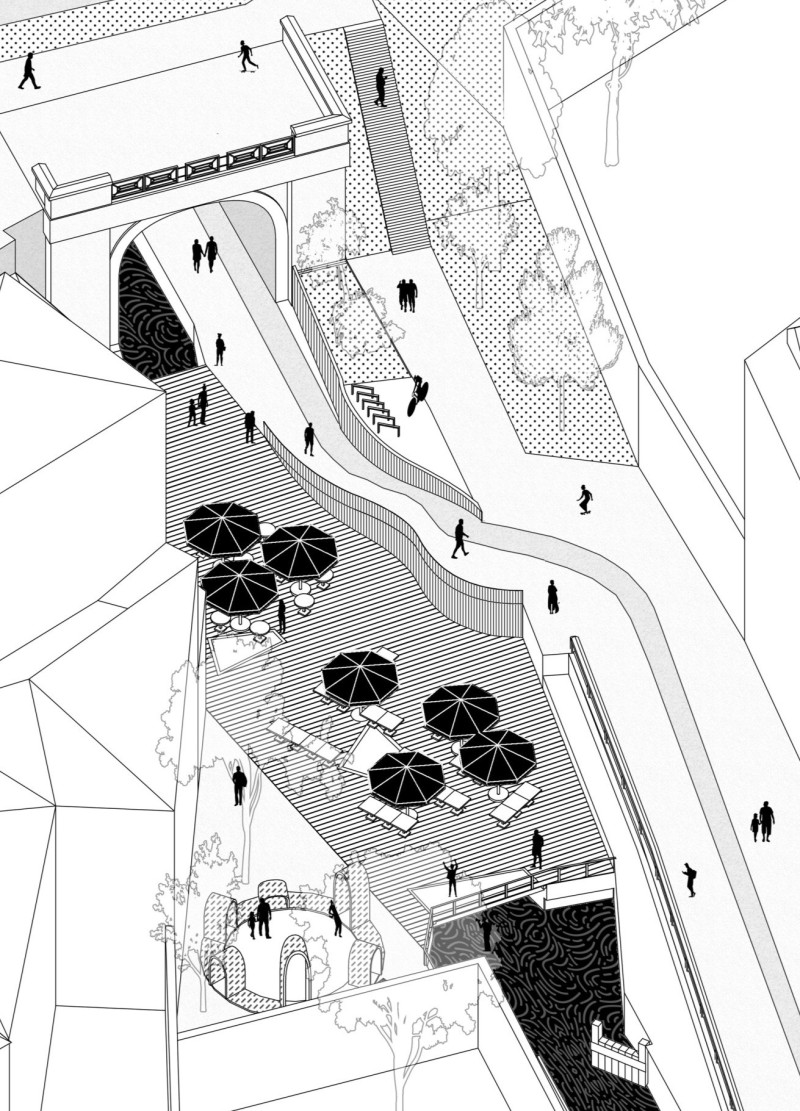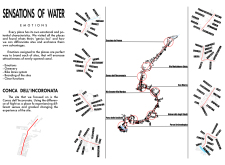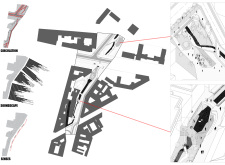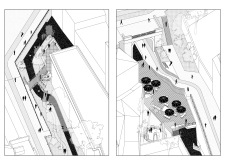5 key facts about this project
The design is configured around eight distinct sites that each focus on different emotional responses associated with water. Each site boasts its own unique function, ranging from spaces for relaxation to areas that facilitate dynamic movement and social interaction. The project emphasizes pedestrian and bicycle pathways, promoting sustainable transport while enhancing accessibility throughout the area.
Unique Approach to Emotional Branding
What distinguishes the "Sensations of Water" project from others is its deliberate focus on emotional branding. Each site is tagged with an emotional descriptor, guiding design decisions and enhancing user experience. This method fosters a deep connection between visitors and their surroundings, transforming the landscape into one that reflects personal and communal sentiments. The consideration of emotional responses is integrated into spatial organization and landscaping, encouraging various activities based on users’ needs and preferences.
Integration of Natural Elements and Materials
The project uses sustainable materials to enhance the user experience while respecting environmental concerns. Concrete is employed for structural features, ensuring durability in the pathways and bridges that connect the sites along the canal. Composite wood materials are utilized for seating areas, creating a harmonious relationship with nature. Native vegetation is strategically incorporated to promote local biodiversity and contribute to ecological health, making the design both functional and environmentally responsible.
The approach to water features is particularly noteworthy; rather than treating the canal as a mere backdrop, it is integrated as a focal point of interaction. Textured surfaces around the water enhance sensory experiences, inviting visitors to engage with the water visually and physically. This thoughtful integration encourages exploration and direct contact with natural elements, creating a dynamic and participative urban environment.
To gain a deeper understanding of the "Sensations of Water" project, readers are encouraged to explore the architectural plans, sections, and designs. Each of these elements offers valuable insights into the project's unique concepts, spatial configurations, and sustainable practices, enriching the overall experience of this innovative architectural endeavor.


























